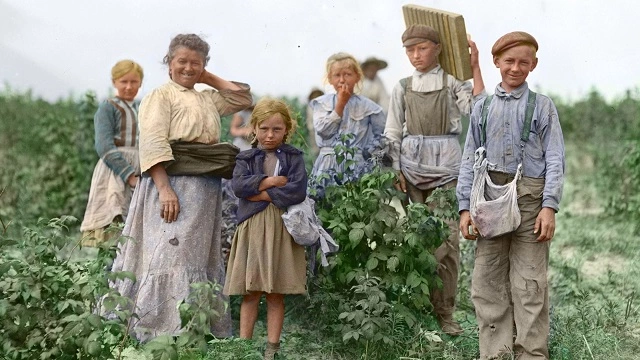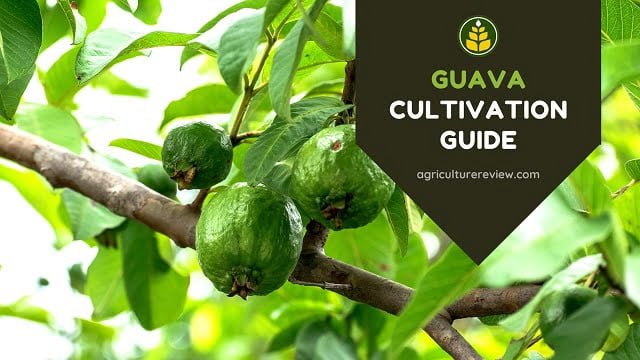Overproduction in the agricultural sector led to the great depression because during World War I (1914 to 1918), due to increased demand for food and the development of new technologies, use of machinery, etc., farmers increased food production, but soon after the war, the demand of food started declining. This led to a food surplus and prices of agricultural goods started falling.

Farmers expanded their production during World War I for which they took loans to buy new machinery and expand their lands. But, from 1928 to mid-1930 due to food surplus, prices started falling, hence farmers were not able to repay loans. This resulted in huge losses, massive layoffs, and widespread defaults, and had a ripple effect on the broader economy.
At the same time, nearly every part of the world was dependent on the loans provided by the United States. But, due to the sudden fluctuation in the market which was caused by the overproduction of agricultural products, overseas lenders in the United States panicked. Within a year, the overseas loan amount in the United States fell from US $ 1 billion to one-quarter of this loan amount.
This had a huge impact on the world’s economy. Many banks in Britain shut down, the British pound sterling collapsed, and in Latin America prices of agricultural products reduced significantly. The United States tried to protect its economy by the Smoot-Hawley Tariff Act due to which high tariffs were imposed on imported goods, which disrupted the world trade.
Moreover, as the situation worsened in the United States, people who borrowed money from institutions during good times were not able to repay money. Due to this around 4000 banks were shut down stock market crashed and 110, 000 companies collapsed till 1932 due to the Great Depression.




